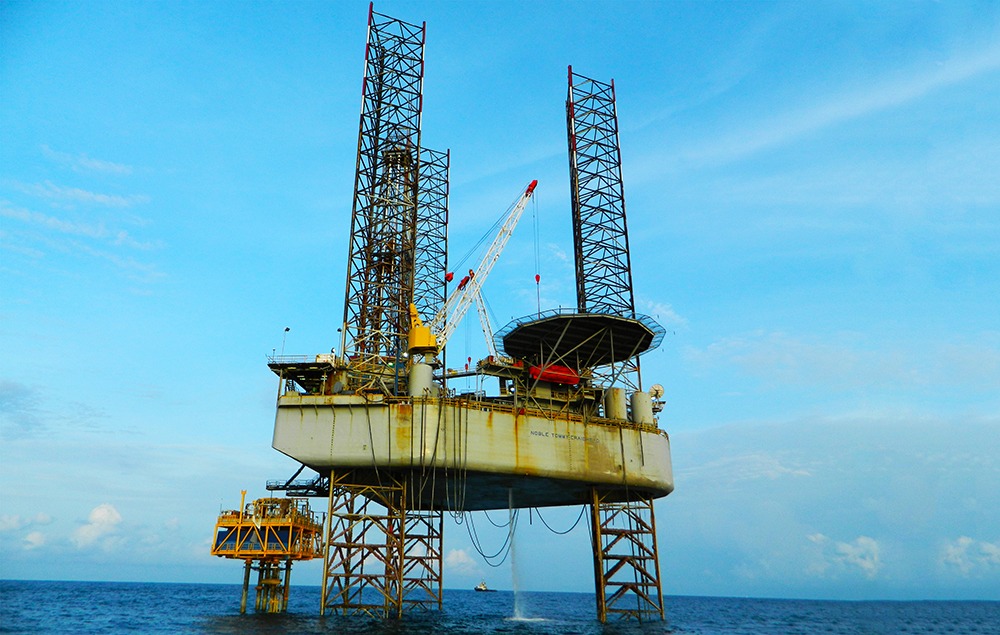OFFSHORE PLATFORM DESIGN FOR WEST AFRICA
It rarely pays to generalise in the global oil and gas industry, where profit can be found in small differences of geology or infrastructure. This is true for West Africa, where mature producing nations like Nigeria or Angola resist easy comparison, never mind the neighbouring countries where production capacity is at an earlier stage.
The idea of frontier nation to mature market is also slightly misleading. Nigeria and Angola have been physically producing oil and gas for decades, but patchy investments and decade-long delays in following up on exploratory activities have slowed the acquisition of skills needed to maintain momentum.
Common opportunities
But what does unite West Africa is available opportunities. Mature countries are extending the life of existing offshore platforms and exploiting more difficult to access sites; for frontier countries, it’s the race to achieve first oil. Perhaps West Africa’s greatest challenge is the need for effective logistics and infrastructure to support oil production in a safe, efficient and sustainable way.
The region’s most developed market, Nigeria, is home to large fabrication yards. Equally, the country has a core of talented people to sustain a wide-reaching and multi-faceted industry. Emerging countries struggle in both areas. In places like Cabinda or Cameroon, the yards can’t handle extremely large fabrication, and some critical quayside equipment might be unavailable.
Flexible offshore platform design
Breaking this cycle and respecting national independence is not easy. But an answer lies in offshore platform design so platform developers are less dependent on larger fabrication capability or expensive transportation, making the infrastructure suitable for a range of fabrication facilities.
In contrast to a large conventional jacket design, a more modular offshore platform design suits the existing and emerging capabilities found in frontier countries or smaller yards. The manufacture can be split between a number of smaller yards, for example, or laid out to fit into a smaller space.
Alternatively, domestic yards can build certain parts of the platform design, such as the subsea structure, while complex topsides can be produced elsewhere. This allows for a significant degree of local content, while also building local capability over time.
Modular offshore platform design allows for bespoke solutions taking into account the fabrication facilities, and other nuances making each market unique. Other advantages follow including costs. Mobilising a heavy-lift crane to the West African coast and back can cost many millions of dollars that could be put towards a modular platform. A site-specific solution will reduce the overall project cost, and creates an achievable route to first oil for smaller, independent operators.
Take our Sea Swift offshore platform design for example – it offers fabrication flexibility – a modular system that unites the advantages of a platform with the rig-run benefits of a subsea development. It’s designed for shallow-water applications, helping customers to not only achieve reduced build costs and lower installation costs but most importantly it provides a quicker time to first oil – under 12 months.
Want to find out about our offshore platform design capabilities? Contact us to learn more.
